The Least Predictable Dance Company in the Twin Cities
On the occasion of Minnesota Dance Theatre's fall concert, Lightsey Darst reflects on the storied company's past and present, and checks in with artistic director Lise Houlton about where the company is, has been, and would like to be going forward
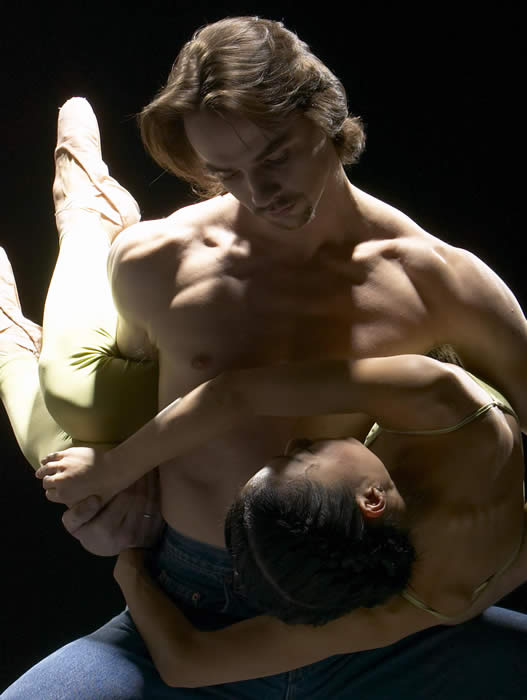
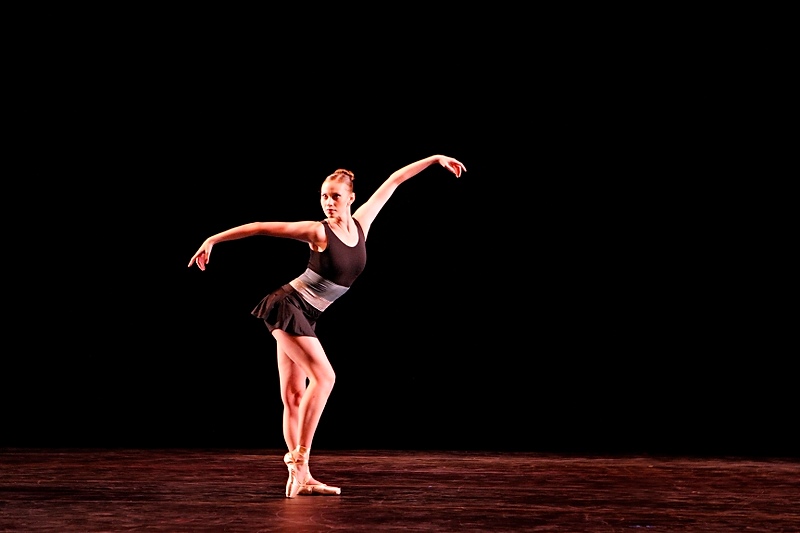

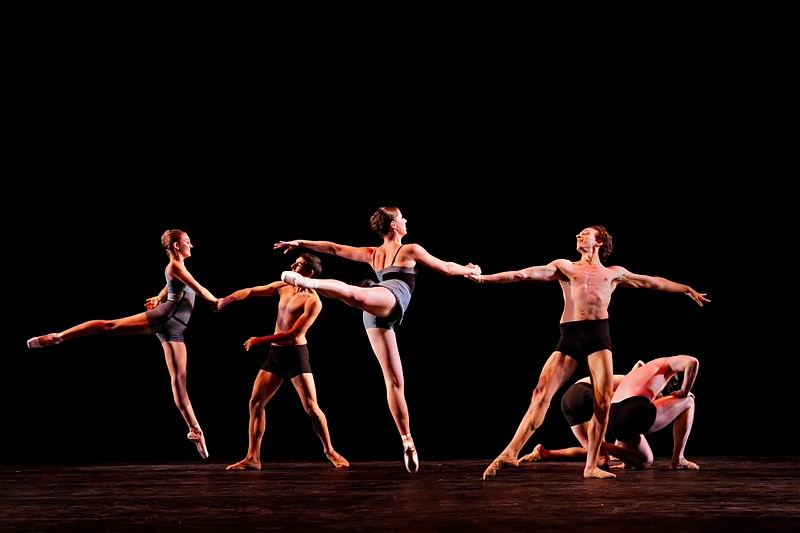
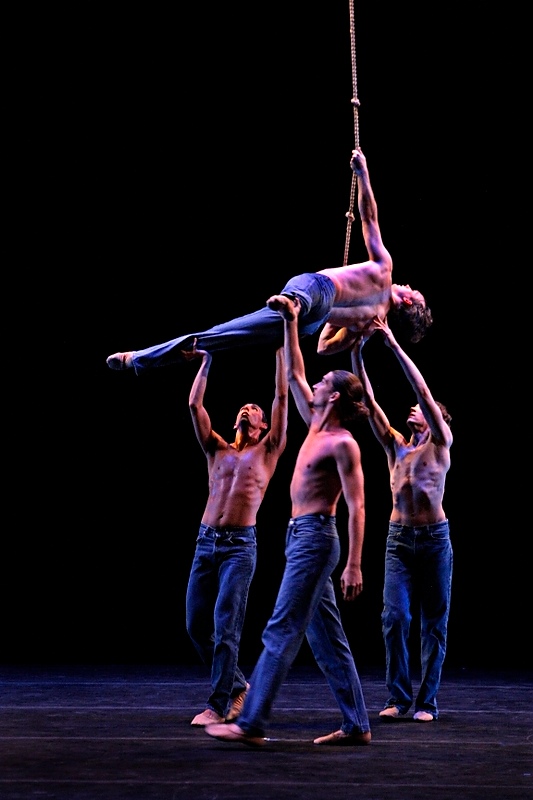
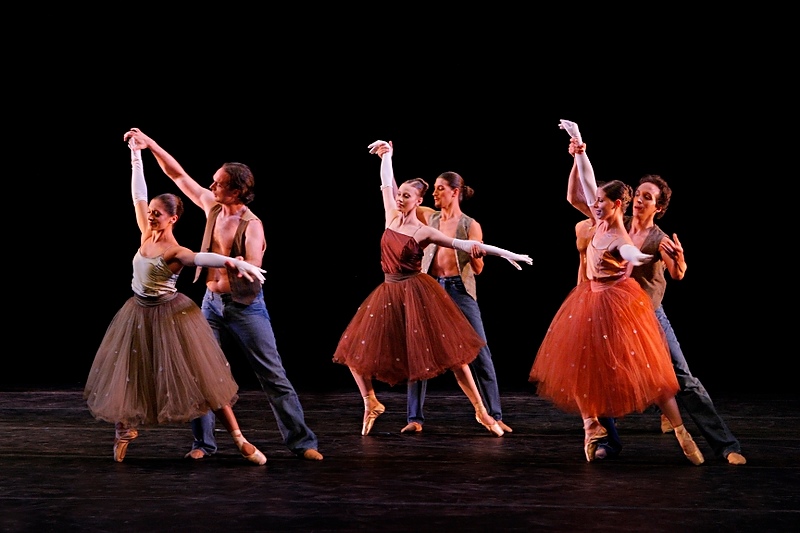
I first met Lise Houlton eleven years ago, when she was only halfway into her now twenty-two year tenure as artistic director of the company her mother Loyce Houlton founded fifty years ago, Minnesota Dance Theatre (MDT). I was taking ballet class in the black box at the University of Minnesota’s Barbara Barker Center; Lise, a fiery wraith, lit up the dark. She looked (and looks — she hasn’t changed) like a woman Yeats would have loved: corona of yellow-red hair, marble-green eyes, and that famished look–
Hollow of cheek as though it drank the wind
And took a mess of shadows for its meat
With her pale startled profile and her hip-slung walk, she was every inch the dancer. And when she demonstrated allongé to the uninspired eight am ballet class, elevating her chin on her long neck and unfurling the swan-ripple of her wingspan, I knew I was seeing something.
But what was I seeing? It’s still not clear to me what to make of those moments of unresolved beauty, unfulfilled promise. I think of them as keyhole moments, as if, walking by a room, you were seized with curiosity and put your eye to the opening and saw — what? a flash of lace hem, a hand flung out as someone turns, a small boy closing his eyes.
In short, I’m still not sure what to make of MDT, the least predictable company in the Twin Cities. Their repertory runs from Loyce Houlton’s romantic and celestial visions to splashy showbiz, from moody pomo ballet to sporty modern; the work is puzzling, resonant, obvious, shallow, deep, fun, disturbing. As the work varies, so does the company’s performance. Sometimes the dancers sleepwalk or stumble, but the next concert everyone’s on, the choreography the perfect vehicle for their various paths: desire, desperation, exhilaration, hurt.
I’m not alone in my sense of MDT, either. Houlton herself talks about her company as something inchoate. Its storied history — her fantastic mother Loyce, the sixties in dance in Minneapolis, the early days of the Hennepin Center for the Arts (now part of the glossy Cowles Center), MDT’s financial problems and eventual shutdown, Houlton’s family’s dance DNA (she danced for American Ballet Theatre; her daughters Kaitlyn and Raina Gilliland both attended the prestigious School of American Ballet; Kaitlyn now dances for New York City Ballet, while Raina is with MDT) — in her telling, all this has no orderly progress, but becomes a blur of breath and wish, a tumble of time. She rolls her eyes at my mention of the fiftieth anniversary.
“I remember it vividly,” she says of the early days of MDT (before she left for her own dance career). “We always had something to perform. We were sorely lacking in technique, but music and drama just permeated the place.” She recounts stories of her mother’s daring, how they danced to Janis Joplin, flipped audiences the bird, demonstrated against war. “I would love to find that place again” — to do “something totally outrageous.”
To hear Houlton tell it, the MDT she wants would be a scrappy little company rehearsing in some beat-up warehouse, barely lit and up all night, then swinging into an offbeat venue like the Lab and scaling the walls, scaring and thrilling the audience — an outsider, an underdog.
But the company’s position (as an institution, as a mainstay of the new Cowles Center), and ballet’s killer economics have Houlton in a bind. In contrast with avant-garde dancers, who often train only occasionally or by themselves, who need no specialized equipment, and who can perform just about anywhere, ballet dancers need regular ballet class as well as conditioning; they need pointe shoes, and they need decent-sized spaces with good floors. Take just a small budget item, those pointe shoes: the shoes cost around eighty dollars a pair, and Houlton likes to start her dancers with twenty pairs a season. That’s $1600 a dancer (times MDT’s six female dancers), and that’s just to begin with; depending on the repertory, Houlton may need to order more. She’s ordering more now, in fact — in late September, with a two-week run coming up and the pointe-intensive Nutcracker looming.
To hear Houlton tell it, the MDT she wants would be a scrappy little company rehearsing in some beat-up warehouse, barely lit and up all night, then swinging into an offbeat venue and scaling the walls, scaring and thrilling the audience — an outsider, an underdog.
“We haven’t invested enough in the adventures,” Houlton says, “but it’s hard when everything depends on money.” To get MDT to be its old self, the company she dreams of, “maybe that means a year of investing in playtime.” But who will pay for that?
MDT has another big problem: The audience that would push and love this adventurous company Houlton dreams of — the people who go to see Live Action Set and Stuart Pimsler, gallery openings and new American art films — think they already know MDT. MDT puts on a Nutcracker (a great one, by the way), so they think MDT must specialize in classical ballet, and ballet is boring and old-fashioned (with James Sewell being the exception that proves the rule). And in fact, Houlton’s detractors would like MDT to be more like that company so many people already think it is: crowd-pleasing and upbeat, reassuring us of our aesthetic and moral preferences, providing that splash of culture for the ruling class that ballet has become in so much of the US.
Houlton’s take? “We don’t want to be a ballet company,” she says.
I mentioned her detractors. Not everyone loves Lise Houlton, and I can see that some of MDT’s trouble lies on her shoulders. Her company hasn’t connected to enough like-minded local artists outside ballet in recent years; her dancers don’t mix in the local scene much.
But what Houlton and MDT have keeps me coming back. Perhaps it is their unpredictability, their mercurial spirit, their vulnerability. When I think of the dancers in town whose journeys I’m most curious about, a disproportionate number are at MDT: Melanie Verna, Sam Feipel, Raina Gilliland. Like Houlton herself, they open up. Every time I see her I feel the same thing: she makes a hole in the smooth here-and-now. Hurrying through HCA, she wrecks the hallway by reaching beyond the wall. On the street, breathlessly turning, she’s a fray in the everyday.
Related links and information: Minnesota Dance Theatre’s fall concert, Rumblings, which they first premiered in 2005, is on stage at the Cowles Center for Dance and the Performing Arts in Minneapolis September 30 – October 2, October 7 – October 9.